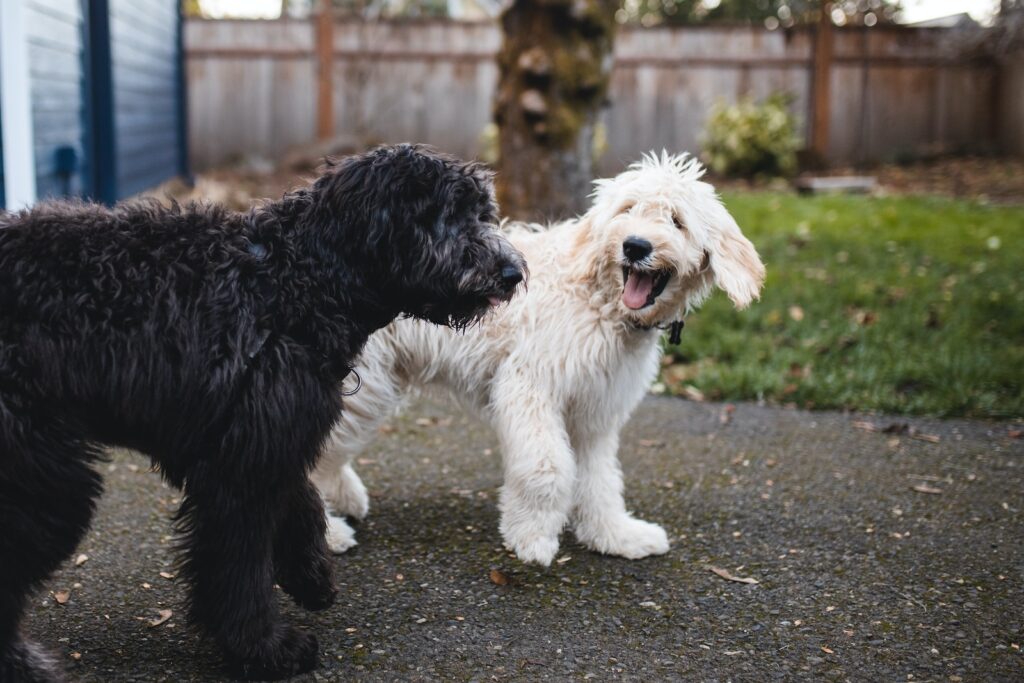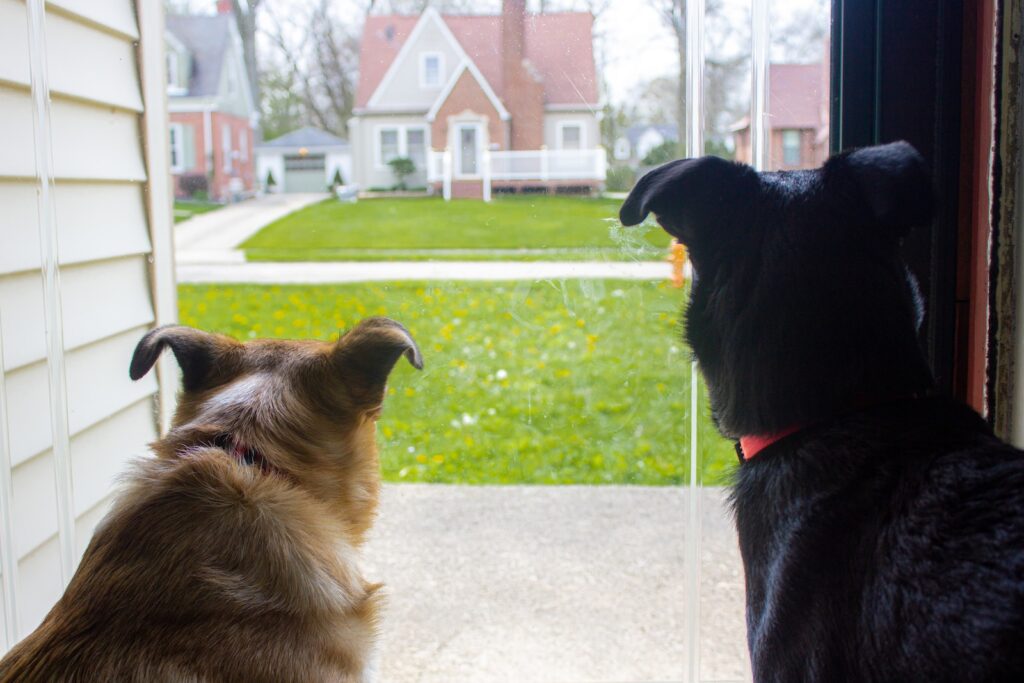Dog Barking: The Language of Our Canine Companions
If you’re a proud dog owner, you’re probably well-acquainted with the various sounds that emanate from your furry friend. Chief among these is the universal and often, quite unmistakable, dog bark. But did you ever wonder what exactly your dog is trying to communicate when they bark? In this post, we’re going to dive into the world of dog barking and decode some of the messages your pooch might be sending. So, sit, stay, and let’s get started.
Quick side note: If you’re determined to transform your pup into a bona fide doggo superstar, you absolutely must delve into Adrienne Farricelli’s dog training program. Trust me, she’s one of the kindest souls in the world of dog training. And her classes? Oh, they’re akin to having your very own personal dog whisperer right at your fingertips. Adrienne’s approach is wonderfully approachable (pun not intended), and she’ll guide you every step of the way to have your furry companion trained to perfection. So, if you’re on the hunt for a comprehensive, in-depth guide to canine training success, don’t pass up what Adrienne’s serving. 🐶❤️
1. Territorial Dog Barking
“Who goes there?” – If your dog’s bark sounds like they’re staking a claim to your home, that’s because they often are. Dogs are territorial animals, and a territorial bark is their way of saying, “This is my turf!” They might be responding to perceived threats or unfamiliar noises, trying to safeguard their territory from intruders. This bark is usually sharp, loud, and repetitive.

2. Alert Barks
“Did you hear that?” – Your dog’s alert bark is all about, well, alerting you to something they’ve noticed. It might be the mail carrier, a passing squirrel, or even a distant car. Dogs use this bark to inform you about changes in their environment. It’s often a high-pitched and staccato bark, indicating their excitement or curiosity.

3. Playful Dog Barking
“Let’s have fun!” – Dogs are social creatures, and they enjoy playing and interacting with their human companions. The playful bark is usually accompanied by a wagging tail and a frolicsome demeanor. This bark is how they invite you to join in the fun and games. It’s typically characterized by a rhythmic and enthusiastic tone.
4. The Anxious Dog Bark
“I’m nervous.” – Dogs can get anxious too, and they use their bark to express their unease. Whether it’s due to separation anxiety or an unfamiliar situation, the anxious bark is often whiny and accompanied by other signs of stress, like pacing or trembling. It’s essential to address the underlying cause of their anxiety when you hear this bark.

5. The Greeting Dog Barking
“Hello there!” – Dogs are incredibly social and love to greet people with enthusiasm. The greeting bark is their way of saying, “I’m happy to see you!” It’s typically a high-pitched and repetitive bark, often accompanied by a wagging tail. This is a bark you’d love to hear when you come home.

Dog Barking Tips
Now that we’ve briefly covered some of the common types of dog barking, let’s talk about managing excessive barking. While barking is a natural way for dogs to communicate, excessive or constant barking can be challenging to handle. Here are a few tips to help manage it:
1. Identify the Trigger
The first step in addressing excessive barking is to figure out what’s triggering it. Is your dog barking at strangers, other dogs, or when left alone? Understanding the cause will help you find the right solution.
2. Train Your Dog
Basic obedience training can go a long way in controlling barking. Teaching your dog commands like “quiet” or “enough” can help them understand when it’s time to stop barking. Positive reinforcement techniques are effective in this regard.
3. Socialization
Properly socializing your dog from an early age can reduce anxiety-driven barking. Exposure to various situations and people helps your dog become more confident and less prone to anxious barking.
4. Exercise
A tired dog is a happy dog. Make sure your furry friend gets enough physical and mental exercise. A well-exercised dog is less likely to bark out of boredom or frustration.
5. Seek Professional Help
If your dog’s barking problem persists or is causing distress, it might be time to consult a professional dog trainer or a veterinary behaviorist. They can provide you with a tailored plan to address the issue.
Understanding the language of dog barking is essential for responsible dog ownership. While some barking is entirely normal and a part of how dogs communicate, excessive barking can be a sign of underlying issues. By deciphering the type of barking and addressing it accordingly, you can ensure that your dog is a happy and well-adjusted member of your family. So, the next time your canine companion barks, you’ll have a better idea of what they’re trying to tell you.

